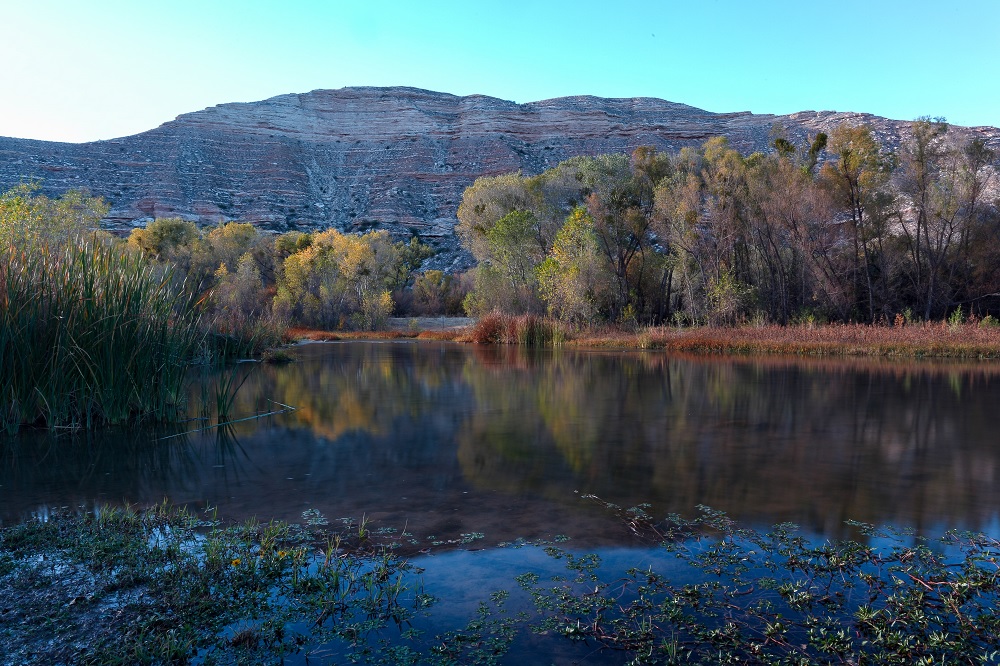
Because of human involvement, only one in five sections of rivers and streams in the Verde Valley meet the cleanliness standards for their intended use.
According to a recent analysis conducted by Darcy Hitchcock, co-founder of Sustainability Alliance AZ, in concert with the Red Rock Ranger District, the longest sections of the Verde River range from a three to a five on a one-to-five scale, while the majority of Oak Creek is designated a four.
A three signifies moderately polluted, four signifies the water is not clean enough for its intended activity usage and a five signifies that a given section of water suffers from “significant long-term pollution issues.” Each of the stream segments is rated on the degree to which it meets standards for its intended uses,” Hitchcock said. “In our desert landscape, our rivers are precious …. Obviously, if you have people swimming in a stream, you may have higher standards than if it’s used for farming.”
Hitchcock said the major pollutant is E. coli bacteria, which is introduced into the water via humans not using toilets, leaving diapers behind and not cleaning up their pets’ fecal matter.
Animals attracted to garbage near waterways also defecate into the waterway, increasing bacterial counts.
“E. coli is the most prevalent problem, which is responsible for almost 30 percent of the pollution in our streams and rivers,” Hitchcock said. “Diminished levels of dissolved oxygen account for nearly 20 percent of our streams’ problems.”
Dissolved oxygen, the most telling indicator of a body of water’s overall health, is the amount of oxygen dissolved in the water. Wastewater that contains oxygen consuming pollutants including fertilizers and manure, deplete the dissolved oxygen, harming aquatic life.
“Water temperature also affects dissolved oxygen levels,” Hitchcock said. “Colder water can hold more oxygen than warmer water. As our waters warm, levels of dissolved oxygen decrease.”
According to Hitchcock, other pollutants impacting riparian ecosystem health include pollution from old mining practices, sediment from fire damage and human activity such as residential and commercial development, off-road vehicle usage and social trail usage.
Education is the biggest factor in mitigating the harmful effects of river and tributary usage, including those due to farming, Hitchcock said, adding that management of activity is also important.
“We need to better manage where people go, how many go there at a time and where certain activities are allowed,” Hitchcock said, referencing the recently implemented registration system for Fossil Creek, which limits the number of visitors allowed each day.
“[That] is a model that could be considered for Slide Rock State Park and other popular river access locations …. We need to create plans to reduce impacts at high-use recreation sites along perennial waters.”
According to Hitchcock, reprocessing mining materials is another way to help the river systems recover from heavy metal pollution that enters waterways when it rains.
“Novel reprocessing technologies to extract valuable metals and minerals from the waste are being developed using mechanical and natural processes, such as bioremediation,” Hitchcock said. “Bioremediation uses microorganisms or plants to consume environmental pollutants. Some of these plants can then be harvested and burned to collect the metal left in the ash.”
Arizona State University’s Biodesign Institute runs the Rittman Lab, one of the nation’s leading bioremediation facilities.